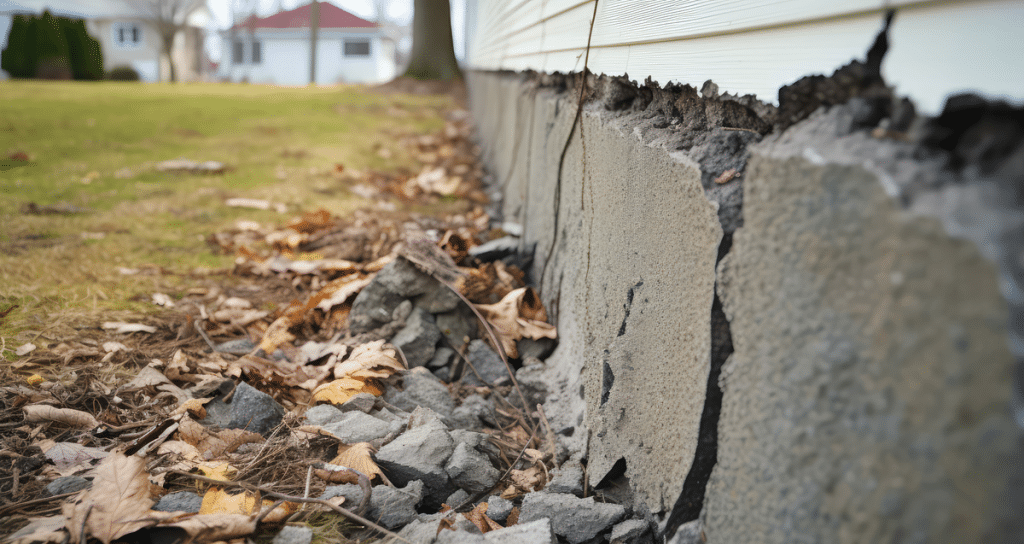Concrete is everywhere, from Roman aqueducts to modern skyscrapers, and its three-ingredient formula—cement, water, and aggregate—belies a complexity that continues to challenge scientists today. For more than 100 years, NIST has been at the forefront of concrete research, mastering everything from molecular interactions to massive infrastructure. This expertise has enabled NIST teams to uncover the causes of damaging chemical reactions in concrete and devise solutions to protect both public projects and private homes.
One leading threat is the alkali-silica reaction (ASR), sometimes called “concrete cancer,” which happens when moisture triggers a slow interaction between highly alkaline cement and certain siliceous aggregates. The result is an expanding gel that cracks concrete from the inside out—a process that can take decades but is irreversible once underway. NIST’s research, prompted by urgent needs like the safety evaluation of the Seabrook Nuclear Power Plant, has enabled experts to predict and manage ASR risk. Their findings have saved billions for states and helped keep critical infrastructure online by demonstrating ways to prevent or mitigate this reaction through moisture control and comprehensive testing.
More recently, NIST turned its attention to problems caused by pyrrhotite—a mineral sometimes present in aggregate that has led to widespread foundation failures in Connecticut and Massachusetts. Pyrrhotite can trigger slow, destructive chemical changes that ultimately crumble concrete. NIST scientists have pioneered detection methods using pure lab-synthesized pyrrhotite as a reference standard, allowing more reliable testing of building materials before they’re poured or when cracks appear. While the only “fix” right now for affected foundations is costly replacement, NIST’s work is paving the way toward mitigation and future treatments, bringing hope to thousands of homeowners and builders facing uncertain futures.
Through all these efforts, NIST’s research connects the microscopic chemistry of concrete to the strength and safety of our homes and infrastructure—delivering science that saves money, saves buildings, and makes our communities stronger.
Read the full article on the NIST website.

